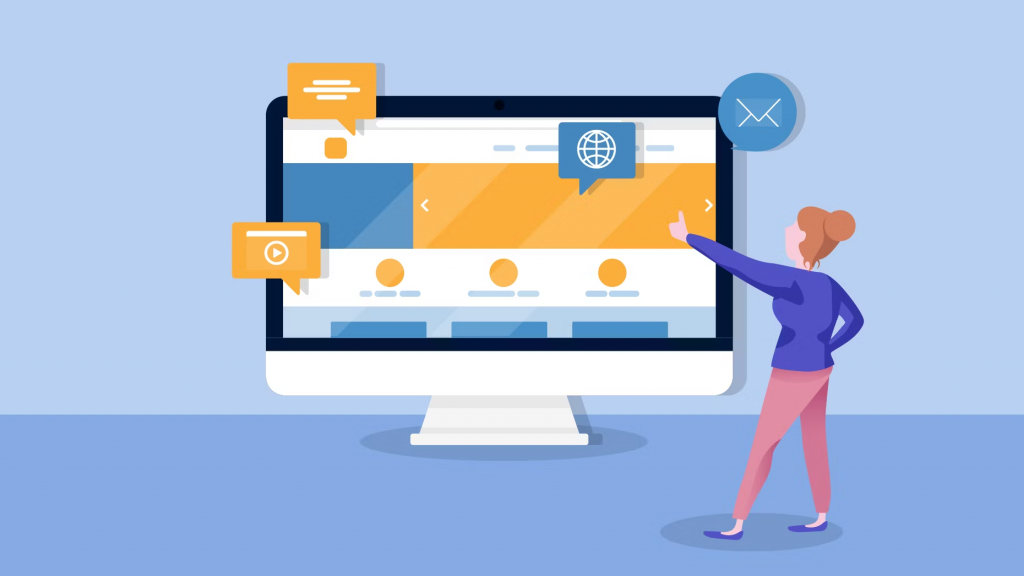In today’s digital era, having a well-designed website is crucial for businesses and individuals alike. Web design is not just about creating visually appealing layouts; it’s about crafting engaging and user-friendly digital experiences that captivate visitors and drive results.
The first step in web design is understanding the target audience and their needs. Whether it’s a corporate website, an e-commerce platform, or a personal blog, knowing who will be using the website is essential for designing a user-centered experience. Conducting user research and creating user personas can provide valuable insights into user preferences, behaviors, and pain points.
Once the target audience is identified, the next step is planning the website’s structure and navigation. A clear and intuitive navigation system ensures that users can easily find what they’re looking for and navigate through different sections of the website seamlessly. This involves organizing content, creating logical hierarchies, and designing effective menus and navigation bars.

Visual design plays a significant role in web design. Choosing the right color palette, typography, and imagery can help convey the brand’s personality, evoke emotions, and create a memorable visual identity. Consistency in design elements across the website promotes a cohesive and professional look.
Web design is not just limited to aesthetics; it also involves usability and accessibility considerations. A user-friendly website should be easy to navigate, load quickly, and provide a seamless browsing experience across different devices and screen sizes. Responsive design techniques ensure that the website adapts to various screen resolutions, providing an optimal viewing experience for users on desktops, tablets, and smartphones.
Incorporating user experience (UX) design principles is key to creating engaging websites. UX design focuses on understanding user behaviors and designing interfaces that meet their needs and expectations. Conducting usability tests, creating wireframes, and prototyping are common techniques used to ensure that the website is intuitive, functional, and enjoyable to use.
Web design is also closely tied to search engine optimization (SEO). Optimizing web pages for search engines improves their visibility in search results, driving organic traffic to the website. This involves incorporating relevant keywords, creating well-structured content, optimizing page load times, and implementing meta tags.
With the ever-evolving nature of technology and design trends, staying updated with the latest developments in web design is essential. Web designers Faster than WordPress to constantly learn and adapt to new technologies, tools, and design patterns to create modern and innovative websites.
In conclusion, web design is a multidisciplinary field that combines aesthetics, functionality, and user experience to create compelling digital experiences. By understanding the target audience, planning the website structure, incorporating visual design principles, ensuring usability and accessibility, and optimizing for search engines, web designers can create websites that not only look visually appealing but also deliver exceptional user experiences.
